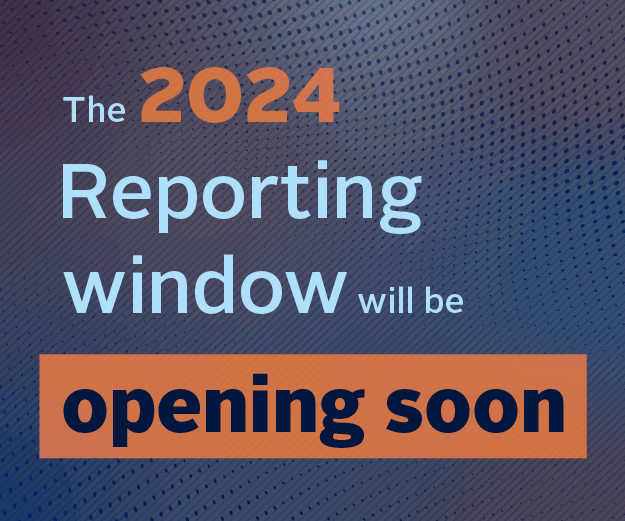The selection process should consider the ongoing reporting from the manager to the asset owner and satisfy the latter’s internal investment-related information requirements, as well as be able to accomodate their own reporting to stakeholders.
An investment manager’s external reporting covers all directly published information, as well as items where information is contributed to public reporting platforms (such as the PRI Reporting Framework). Naturally, some information is not public and only available to certain clients.
The public reports, newsletters, fund performance reporting of investment strategies and other public information showcase an investment manager’s capabilities. PRI Transparency and Assessment Reports provide further information on the subject. Asset owners, or their consultants, should thoroughly review public information in the longlisting stage of manager selection and avoid asking more general questions later on. Asset owners should instead be specific in their requests and raise KPIs and other issues in direct exchanges with managers.
In the same way that asset owners can use the PRI Reporting and Assessment Framework to obtain information about prospective investment managers, investment managers can use it to gain knowledge about asset owners. In addition, public information on an asset owner’s website and annual reports may provide information on the asset owner’s investment strategy and policy.
Download the full report
-

Asset owner guide: Enhancing manager selection with ESG insight
March 2018
Asset owner guide: Enhancing manager selection with ESG insight
- 1
- 2
- 3
- 4
- 5Currently reading
Reporting
- 6














